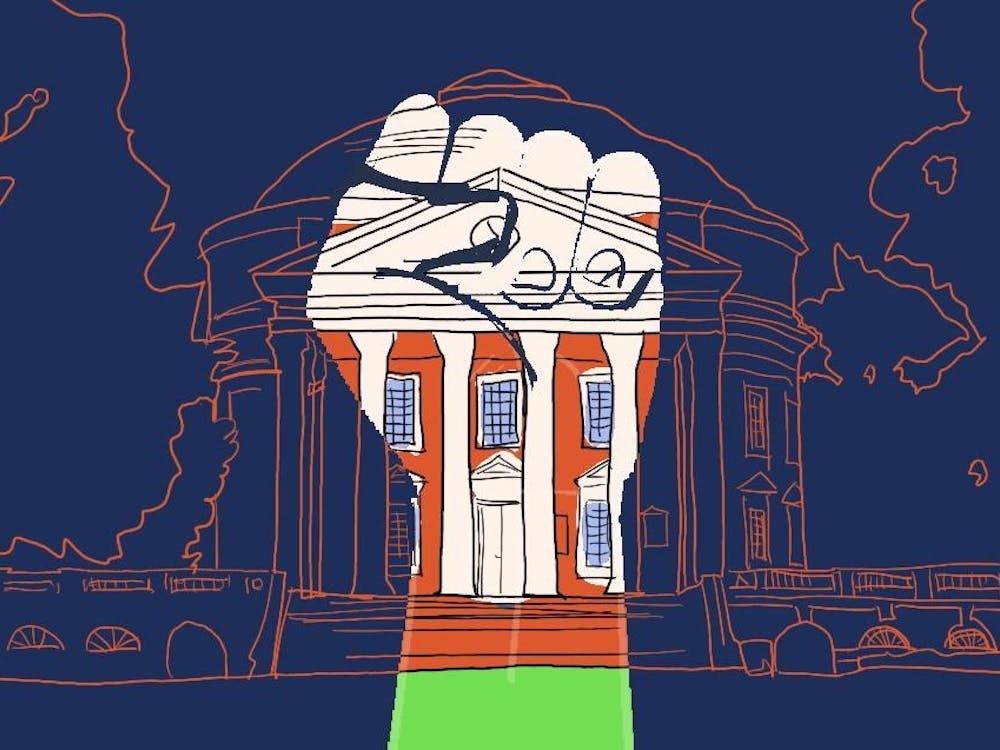The rising cost of higher education has long been a concern. Tuition has left the realm of affordability for many college students, increasing the need for financial or loan-based aid.
Grappling with tuition increases is especially complicated, because though universities often operate like businesses, they are in reality much more: whereas the purchase of consumer goods should be driven by the market, higher education is not just consumed by the individual, but also benefits the public. As Adam Davidson, founder of NPR’s “Planet Money,” writes in the New York Times Magazine, “Without greater access to higher education, the United States is likely to have even greater income inequality, a huge segment of the population will see its income fall and some of our core assumptions about national identity — ours as a land of opportunity, a prosperous democracy — will be at risk.” In other words, the rising cost of tuition has far-reaching consequences.
As a public school, the University of Virginia stands out amongst the elite, private institutions it competes against as more financially accessible to residents of its state. But though the University offers comparatively reasonable in-state tuition prices — subsidized by larger out-of-state tuition — this model still can’t make up for the unequal implications of education costs. Competitive in-state students who could go to elite private institutions may choose U.Va. for its lower sticker price. Essentially, by subsidizing in-state tuition, the University offers a flat subsidy to all its in-state students — not a progressive one which could benefit struggling students more.
Recently, our Board of Visitors has attempted to close the gap: by introducing the “Affordable Excellence” model, which raises tuition across the board to subsidize financial aid, the Board may be able to reduce the debt of low- and middle-income Virginians by $10,000 for all four years. This model, as we have written previously, is laudable. But it is unclear whether this aid will benefit the students who need financial aid most or will merely serve to attract more of the competitive students who may be able to attend college elsewhere. Additionally, the model contributes to the trend of increasing tuition overall, instead of seeking revenue from other sources.
Of course, for the University to receive enough revenue to substantially increase its operating budget, it doesn’t have many options other than raising tuition. According to the University’s website, state appropriations account for 5.8 percent of the University’s revenue as of 2013. In all likelihood, this is a number that will decrease, as state schools overall are receiving less and less money from their respective governments, which have been lowering their per-student funding by 25 percent on average over the last 15 years.
Where do these complicated factors leave us? In short, public schools such as ours need more state funding in order to decrease tuition. Since higher education is a public good and not just a matter of private consumption, increased governmental support is a laudable and necessary step.






